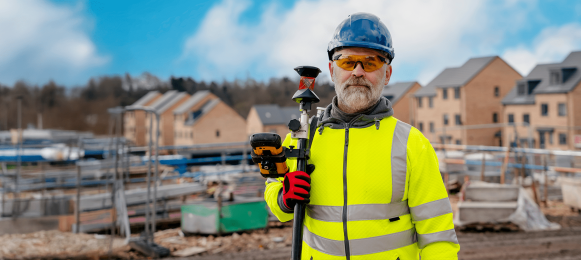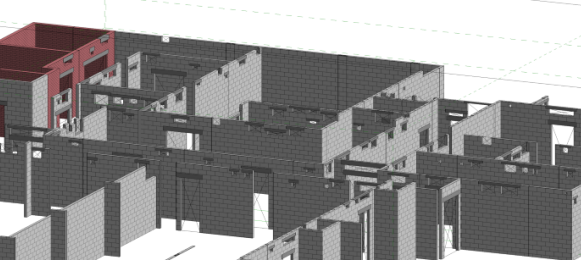The built environment faces a huge challenge on the path to Net Zero. Responsible for a substantial share of global carbon output, the sector has historically struggled with inefficiencies such as material waste, energy-intensive processes and limited access to real-time data. But change is happening, driven by digitalisation.
Digital tools have already proven their worth in improving efficiency and cutting costs. Their broader potential lies in reshaping how we design, construct and operate the built environment to meet Net Zero targets, writes Ryan Donoghue of AJ Digital, a leading provider of digital solutions to the construction industry.
The Role of Digital Tools in Cutting Carbon
Carbon emissions in construction fall into two main categories: embodied carbon, created during the extraction, production, transport and installation of materials, and operational carbon, which comes from the energy required to run buildings throughout their lifespan. Without a fundamental change in project delivery, these emissions will continue to rise.
By applying Information Management and 3D Design Coordination, the industry can address both categories, providing practical ways to reduce carbon across the full lifecycle of a building.
Building Information Modelling (BIM) for Net Zero
Building Information Modelling (BIM) offers far more than 3D visualisation. It produces a detailed, data-rich digital representation of an asset that includes geometry, materials, performance data and lifecycle information.
At the design stage, BIM enables energy modelling, testing façade materials, optimising building orientation for solar gain or ventilation, and calculating HVAC loads. This kind of upfront analysis identifies potential inefficiencies before a single brick is laid, resulting in designs that are inherently more sustainable. BIM also supports lifecycle assessments of materials, helping teams make low-carbon choices while reducing waste through clash detection, precise material ordering and optimised logistics planning.
In short, BIM is the digital backbone of a smarter, greener construction project.
Digital O&M Manuals and Operational Efficiency
A building’s operational phase is often its most carbon-intensive. Traditional paper O&M manuals are cumbersome and frequently outdated, making it difficult for facility managers to keep systems running efficiently.
By contrast, Digital O&M manuals provide instant, centralised access to specifications, maintenance logs and troubleshooting guides. They can integrate with Building Management Systems, enabling predictive maintenance that addresses issues before they escalate. Going digital also reduces reliance on paper, with immediate benefits for resource consumption and future retrofits.
Going Paperless to Reduce Carbon Waste
The environmental impact of paper is often underestimated. From deforestation to energy-intensive manufacturing and distribution, the footprint is substantial. By replacing stacks of printed drawings, reports and contracts with secure digital platforms, the construction sector can cut waste while improving collaboration and speeding up approvals.
Going paperless is not only a matter of convenience, it is a tangible step towards lowering emissions.
Embracing Digital Twins, AI and Supply Chain Transparency
Digitalisation is evolving quickly, bringing new tools that reinforce the Net Zero mission. Digital twins create live replicas of physical buildings, allowing for real-time monitoring and fine-tuned optimisation of energy use. Artificial intelligence and machine learning help analyse large datasets, predicting usage patterns, highlighting efficiency opportunities and even guiding low-carbon material selection.
At AJ Digital, we also provide training to help teams embed these technologies into daily workflows. Meanwhile, digitising the supply chain enables embodied carbon to be tracked across every component, building greater transparency and accountability.
Partner with AJ Digital to Deliver Sustainable Projects
The urgency of Net Zero is undeniable, and for the built environment, digitalisation is not optional, it is essential.
From the foresight of 3D Design Coordination, to the efficiency of Digital O&M manuals, to smarter Information Management, AJ Digital supports you in cutting carbon at every stage of the project lifecycle.
As we observe Net Zero Week, we invite you to explore our services and see how digitalisation can enhance delivery, strengthen reputation, and accelerate your journey to a sustainable future.



